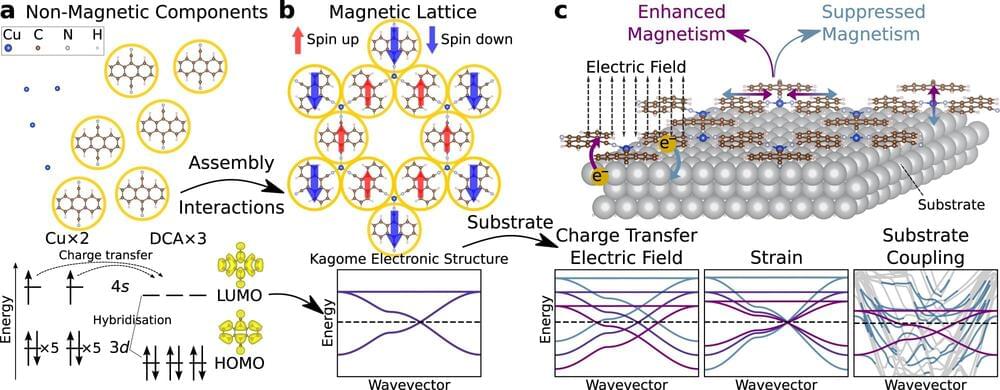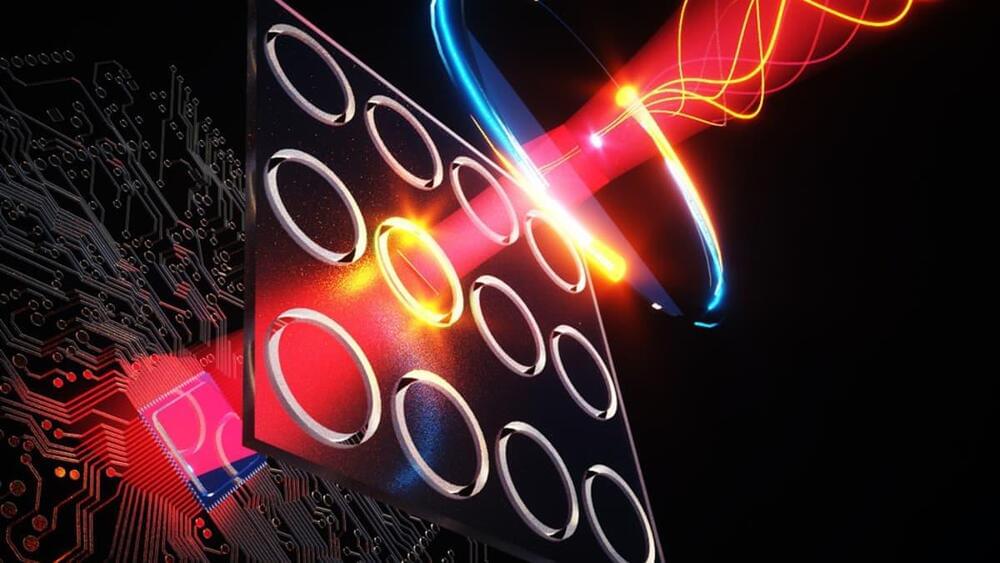Nov 9, 2022
Atomic changes in metals could lead to longer-lasting batteries
Posted by Gemechu Taye in categories: materials, transportation
Researchers at Pacific Northwest National Laboratory (PNNL) are studying the atomic-level changes in metals undergoing shear deformation in order to deduce the effects of physical forces on these materials, according to a report by Phys.org published on Monday.
The work could lead to many new and improved applications such as longer-lasting batteries and lighter vehicles.















